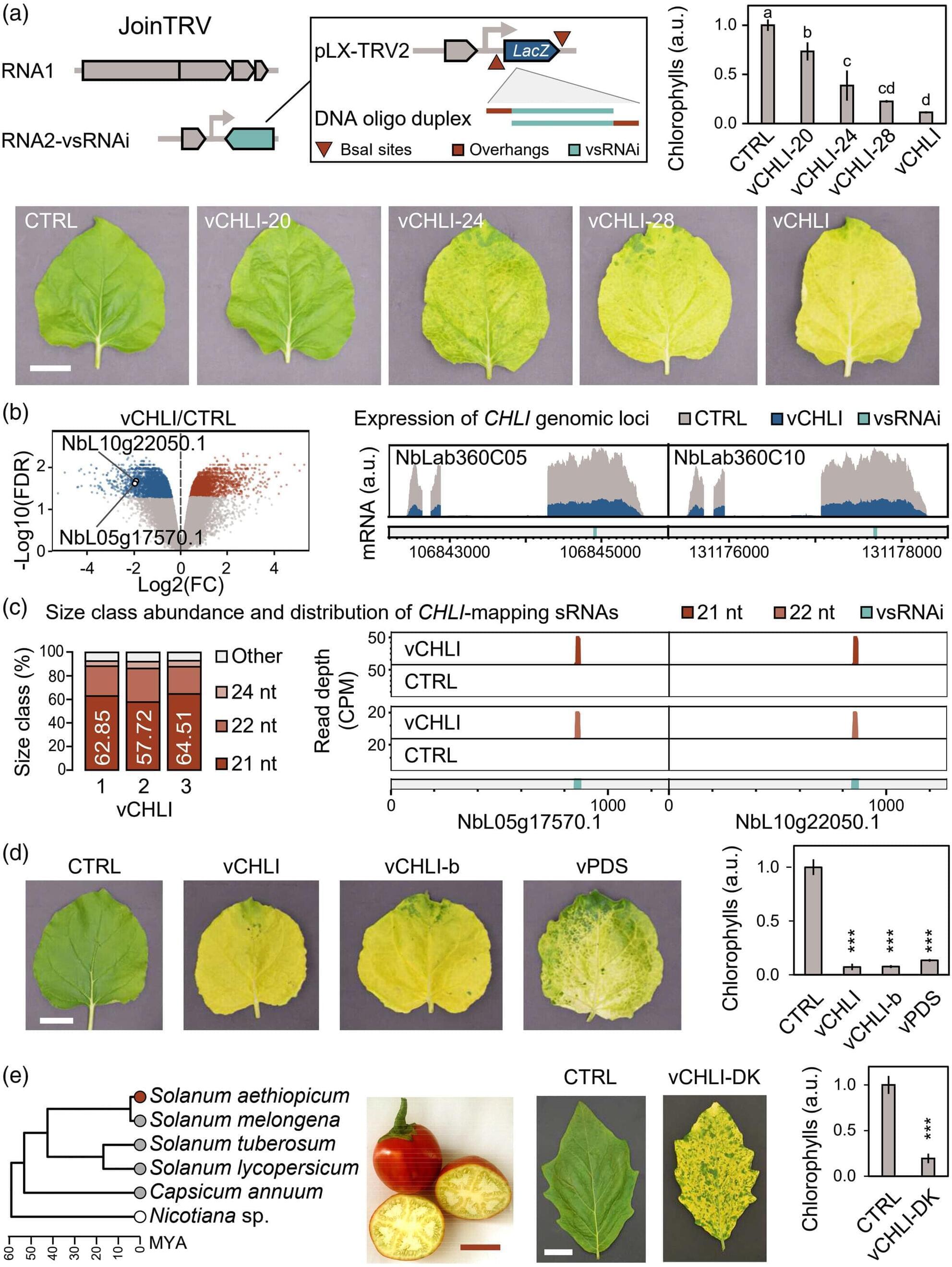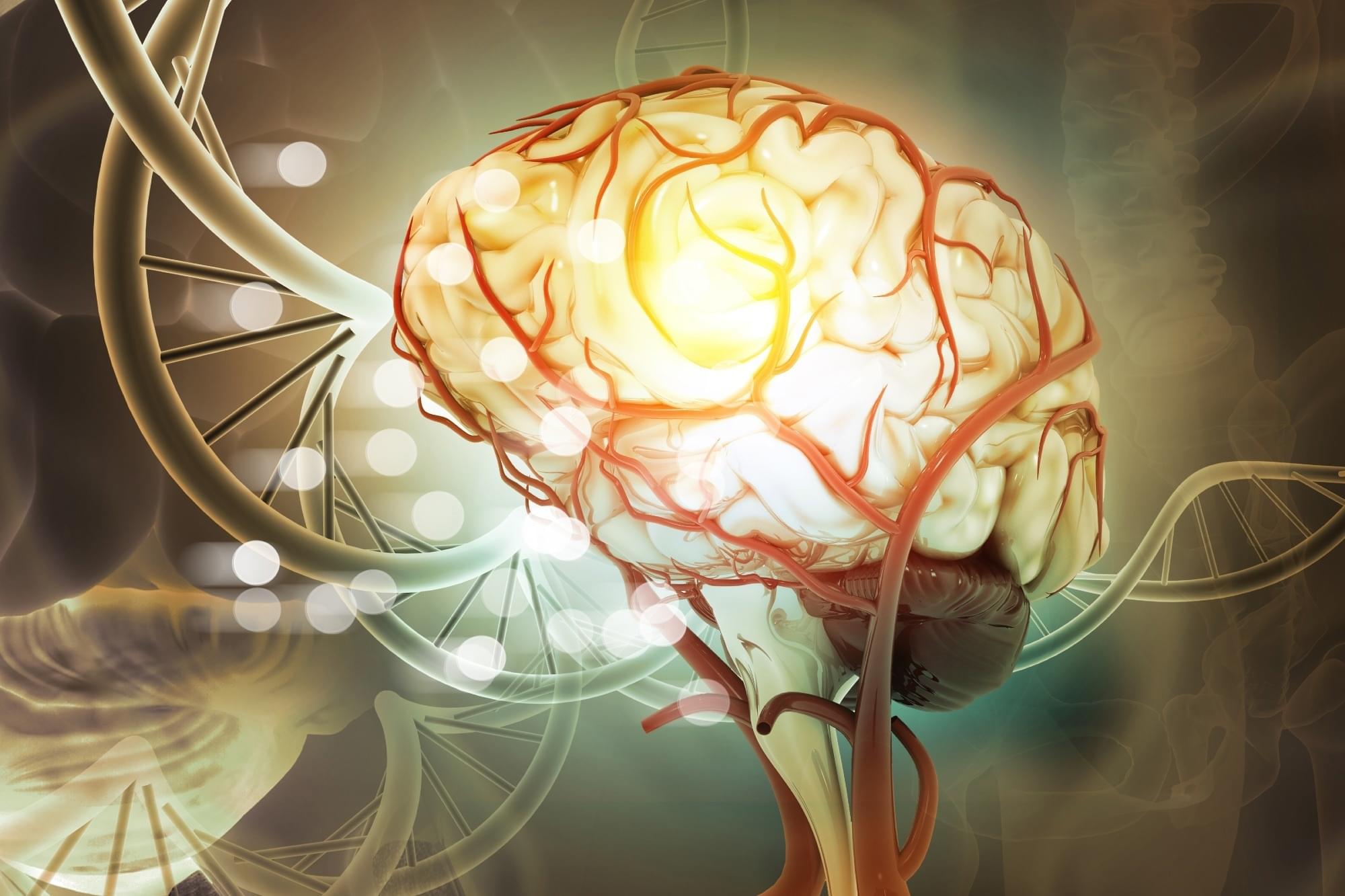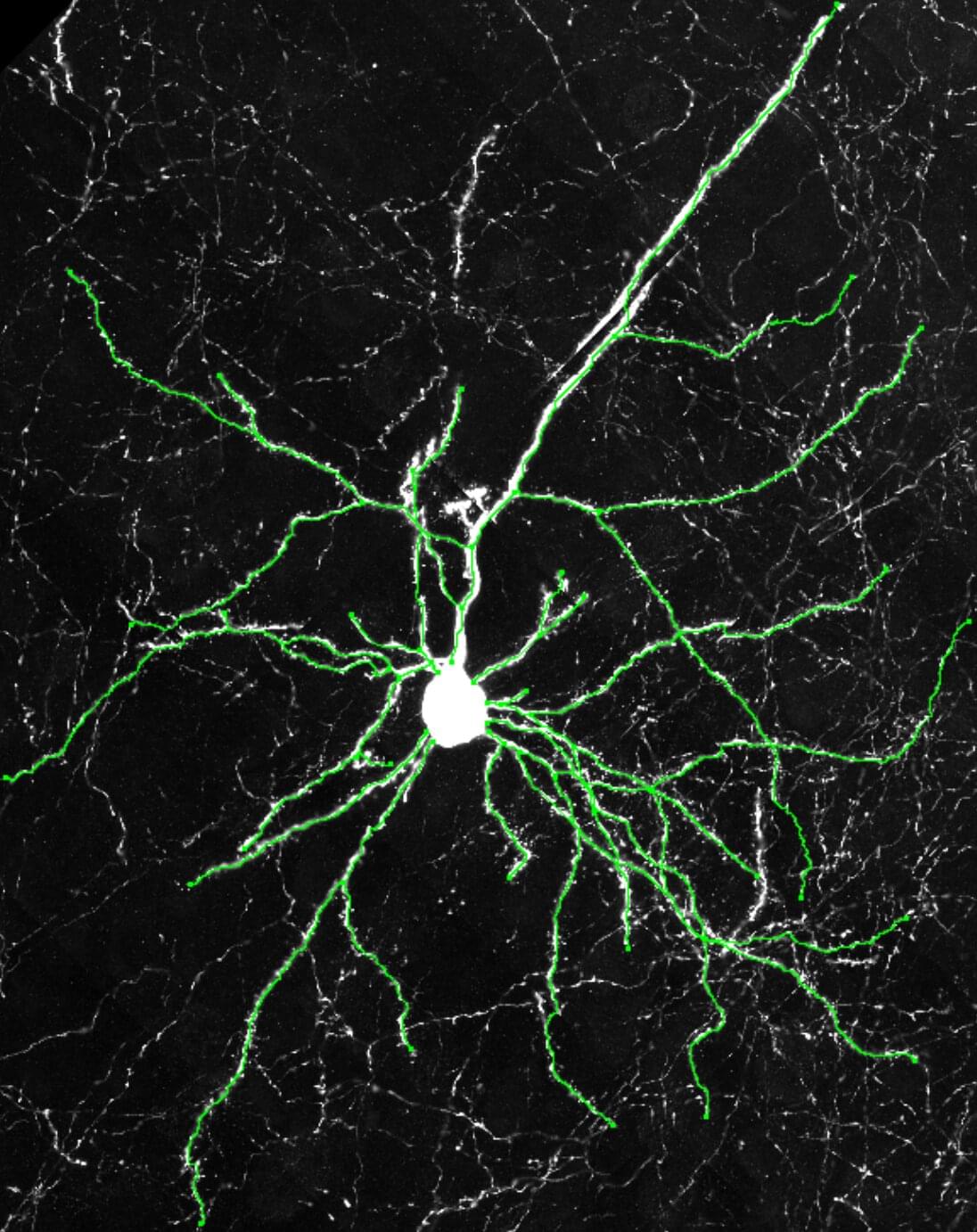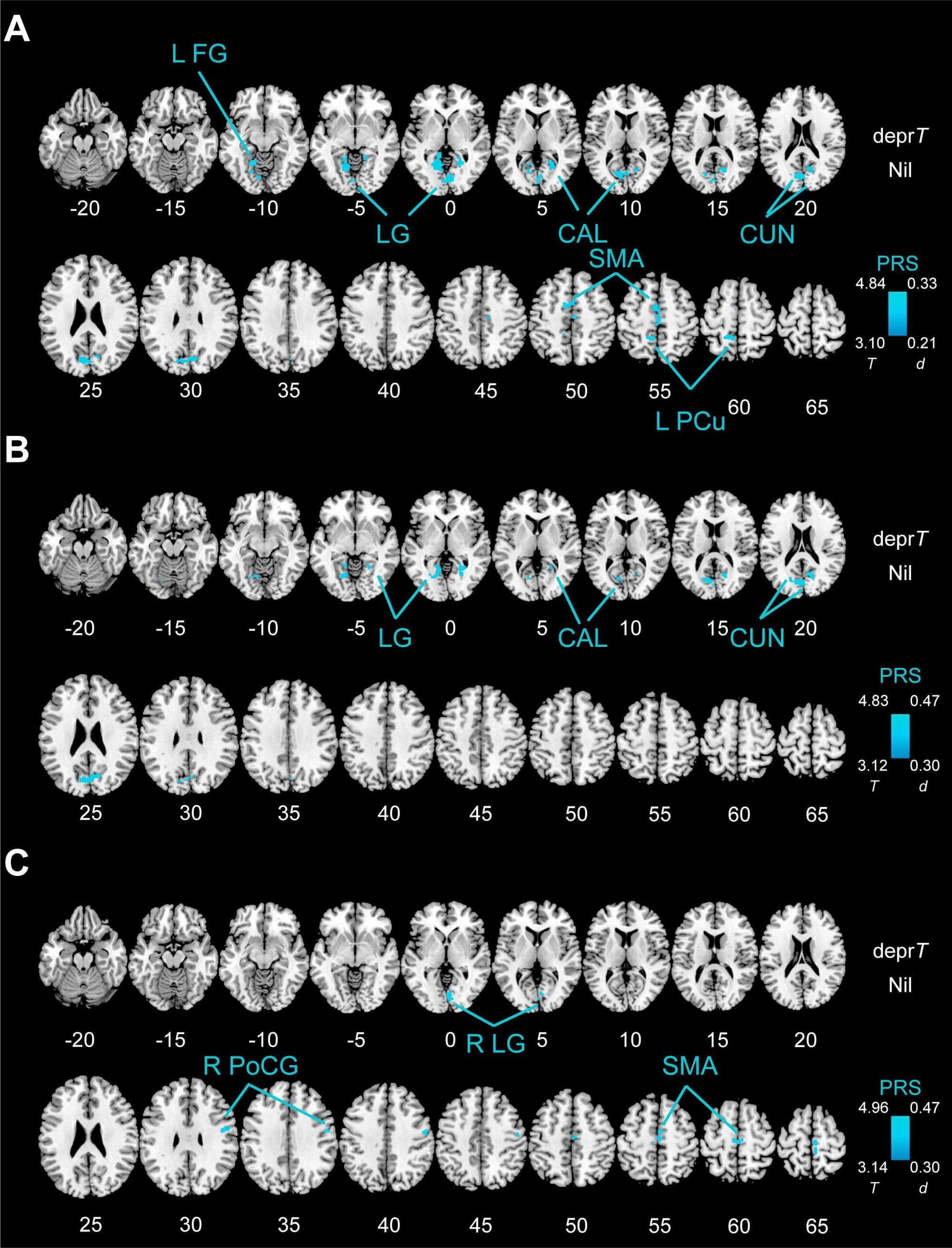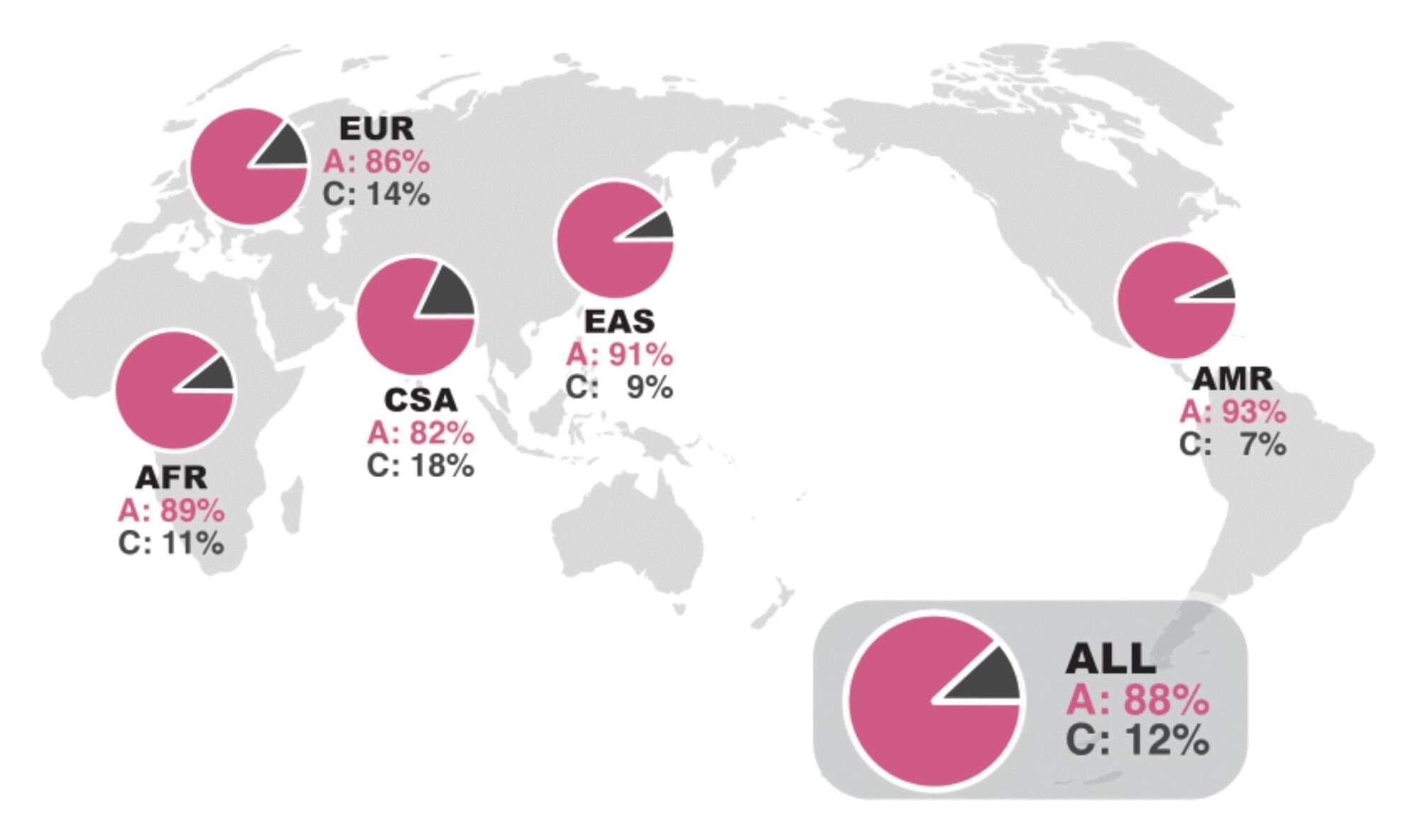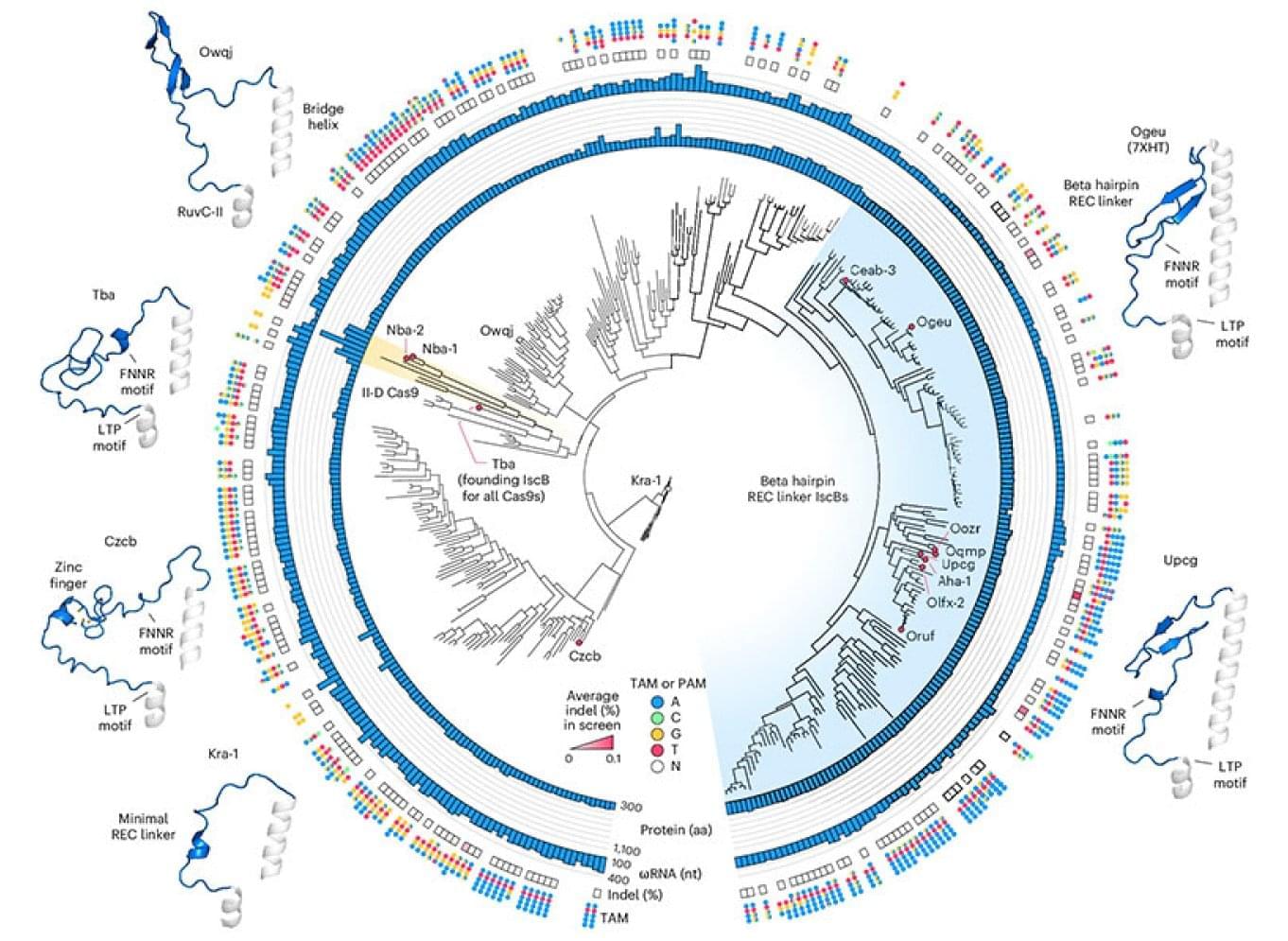Chinese scientists have developed a gene editing technology capable of precisely manipulating large DNA segments ranging from thousands to millions of base pairs in both plant and animal cells, marking a significant advance in the field of life sciences.
The research team from the Institute of Genetics and Developmental Biology at the Chinese Academy of Sciences announced the new technology in a study published online Monday in the journal Cell.
The method, called PCE (Programmable Chromosomal Engineering), combines three innovative techniques to enable programmable editing of large chromosome segments. In lab tests, researchers successfully inserted an 18,800-base-pair DNA fragment, replaced a 5,000-base-pair sequence, inverted a 12-million-base-pair chromosomal region, deleted a 4-million-base-pair segment, and even relocated entire chromosomes.


